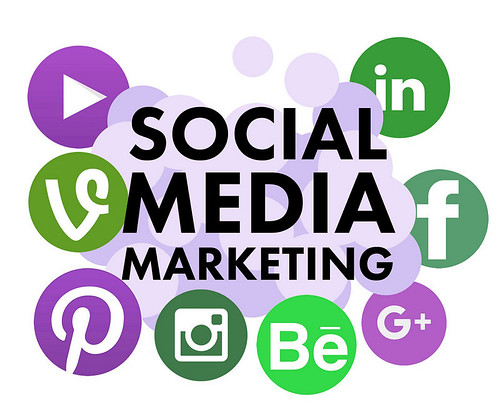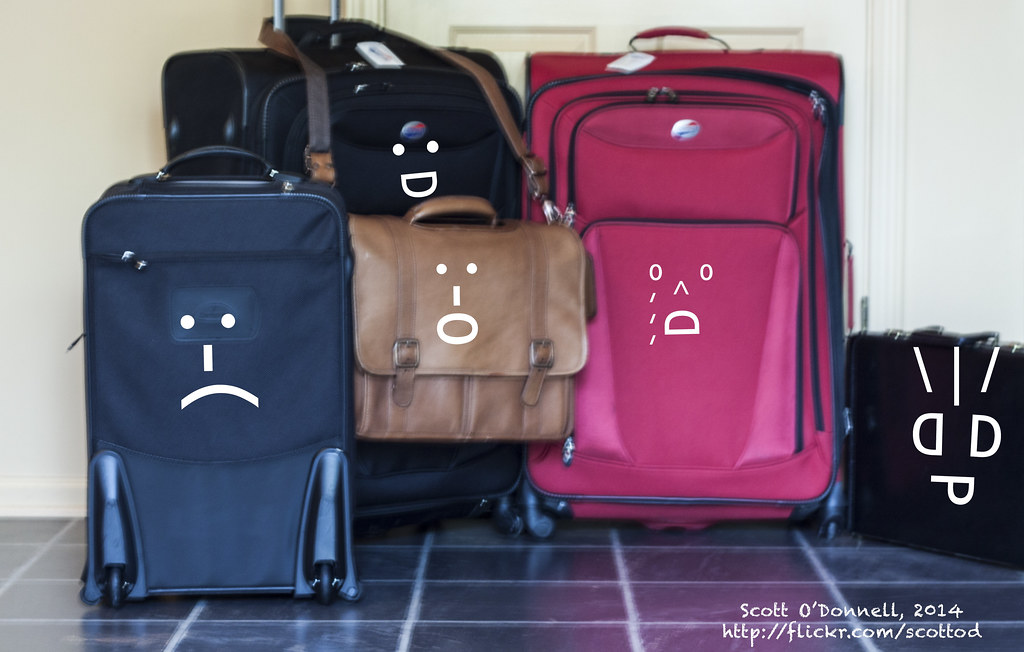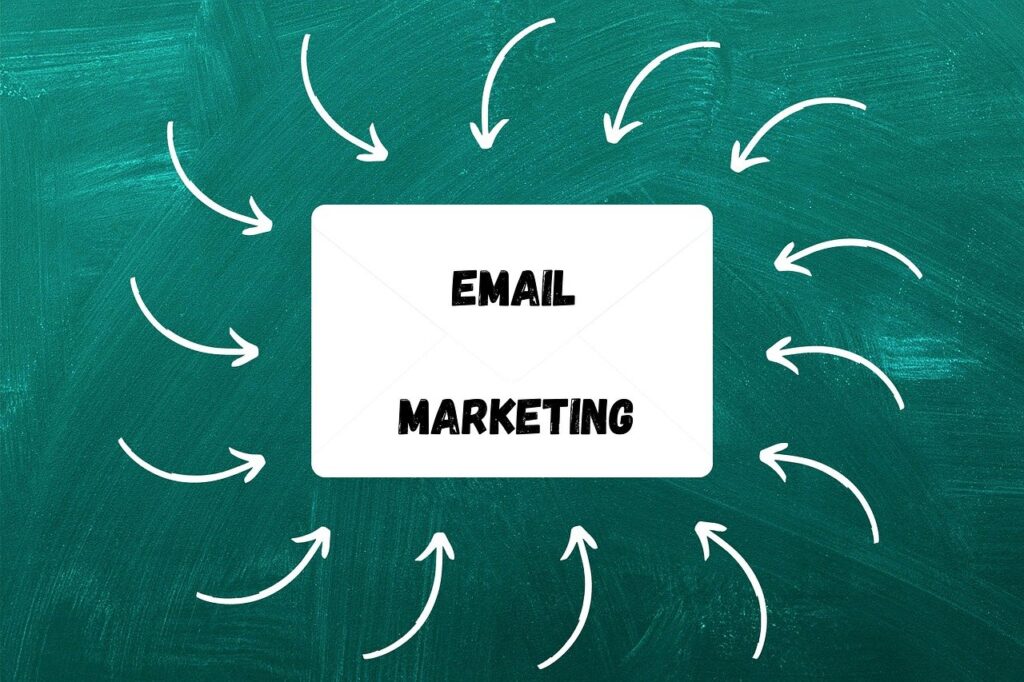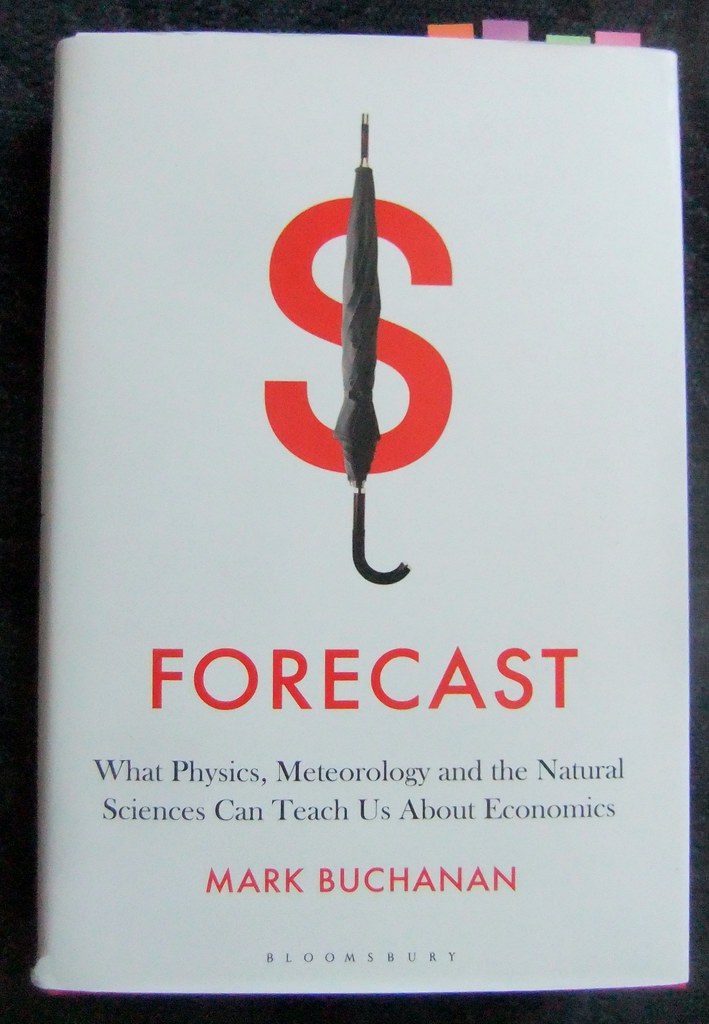The modern era of digital media has ushered in an era where the power of marketing has grown exponentially, offering companies unprecedented reach but also paving the way for potentially harmful practices. Among these are sophisticated strategies known as marketing manipulation, which often involve extremist messaging and exaggerated claims, all designed to elicit specific emotional responses from consumers. These tactics, particularly prevalent during peak shopping seasons like the holidays, delve deep into psychological vulnerabilities, frequently operating beneath the surface of conscious awareness without consumers’ conscious knowledge.
From a psychological perspective, these marketing approaches can have profound and sometimes detrimental effects on individuals and society at large. The context of major holidays, often described as “emotional and social milestones,” provides fertile ground for marketers to capitalize on human predispositions, social norms, and cognitive imperfections. The aim is to subtly give consumers “permission to buy and not to think too much, or too deeply, about why we’re buying,” as resisting “any natural response requires a commitment to the idea of resistance.”
Understanding these underlying psychological drivers and the methods companies use to exploit them is crucial for consumers seeking to navigate the commercial landscape more consciously. As many people observe, marketing can feel like a “form of manipulation, particularly around Christmas and the other retail bonanzas,” but it’s often less about trickery and more about “understand[ing] and work[ing] with innate human flaws.” This article will dissect 15 pivotal ways companies tap into consumer psychology, ensuring you’re better equipped to recognize and resist these pervasive influences during the busiest shopping periods of the year.
1. Creating a Sense of Scarcity
One of the most potent psychological tools in a marketer’s arsenal is the “scarcity effect.” This principle dictates that “if we think something is scarce or only available for a short time, our mind will give it more weight.” Holidays, with their inherent “hard deadline,” naturally amplify this effect, as consumers feel “limited in our freedom to delay the purchase decision.” The fear of missing out on a “significant social experience” by not participating in a holiday ritual further intensifies the drive to buy.
Companies brilliantly leverage this by introducing “Christmas-only bundles or gift sets,” often paired with a “discount,” which “doubles the scarcity effect.” Promotions like Melbourne City’s annual “Shop the City” event, where “major retailers offer discounts available only on the day,” exemplify how marketers create artificial constraints. This strategy taps into “our willingness to respond to the scarcity effect and feel the need to buy things we would normally ignore.” The pressure to purchase is rooted in the perceived “perishability of an offer,” compelling quick decisions.
However, it’s essential to remember that “Christmas won’t be your only opportunity to show others how much you love them, or to spend time with your family.” Marketers are merely “tapping into your predisposition to value experiential scarcity during socially validated moments to encourage you to behave in particular ways.” Recognizing this manipulation can empower consumers to make more deliberate choices, understanding that the perceived urgency is often a carefully constructed illusion rather than an actual limitation.
Read more about: 14 Essential Sales Closing Techniques to Elevate Your Deals and Master the Art of Conversion

2. Leveraging Urgency
Closely intertwined with scarcity is the psychological tactic of urgency, a powerful motivator that “compels people to act quickly.” Holidays are “inherently time-sensitive,” characterized by “limited-time sales, holiday deadlines, and seasonal exclusivity.” This creates a natural environment where consumers know “they have a limited window to shop for gifts, take advantage of deals, or participate in seasonal traditions,” driving immediate action.
Marketers employ various strategies to heighten this sense of urgency. The context highlights the use of “countdown timers, phrases like ‘Ends Tonight’ or ‘Last Chance to Save,’ and exclusive holiday offers to drive quick decisions.” Amazon’s Black Friday and Cyber Monday “hourly Lightning Deals and countdown clocks” serve as prime examples, designed to “push shoppers to act fast.” These tactics exploit the human tendency to respond to clear deadlines, especially when decisions are perceived as high-stakes.
Furthermore, companies strategically target “procrastinators,” who constitute “21% of shoppers waiting until the last possible moment to make purchases.” These individuals are “often driven by urgency and clarity of deadlines.” By deploying “countdown timers, urgent messaging, and clear deadlines” and ensuring “clarity around shipping cutoffs and promotional expirations,” marketers effectively convert these last-minute shoppers. This demonstrates how urgency is “a universal driver, applicable to any shopping season or vertical,” making it a constant in consumer manipulation.
Read more about: 14 Essential Sales Closing Techniques to Elevate Your Deals and Master the Art of Conversion

3. Tapping into Nostalgia
Holidays are rich with emotional resonance, and “nostalgia is a powerful emotional trigger” that marketers skillfully exploit. The season “evoke[s] memories of family gatherings, traditions, and cherished moments,” rendering “consumers more receptive to emotional marketing.” Brands that can successfully “evoke this sense of nostalgia can create deeper emotional connections” with their audience, influencing purchasing decisions far beyond rational considerations.
To harness this, companies “incorporate imagery, colors, and messaging that evoke warm holiday memories.” They also “use storytelling to remind customers of cherished traditions and how your product fits into them.” Coca-Cola’s iconic holiday campaigns, featuring “nostalgic imagery like Santa Claus and snowy winter scenes,” are a classic illustration of “reinforcing the brand’s connection to festive cheer.” Even seemingly minor details, “like incorporating holiday music or seasonal colors in advertisements,” can significantly “enhance the emotional appeal of your brand.”
This psychological tactic works because it bypasses analytical thinking and directly accesses positive past experiences. By associating products with comforting, familiar traditions, brands can make their offerings feel “more festive and personal to the shopper.” This emotional bond, built on shared memories and cultural touchstones, not only drives “higher sales” but also fosters “customer loyalty,” making nostalgia an invaluable tool for holiday marketing success.
Read more about: The Great Tech Purge: 14 Iconic Smartphone Features That Secretly Vanished from Our Pockets

4. Employing Social Proof
During the chaotic holiday shopping rush, “consumers are bombarded with choices,” leading them to seek guidance from others. This is where “social proof” becomes a critical psychological principle, as it refers to “the tendency of people to look to others to determine their own behaviors, especially in uncertain situations.” In essence, if “our people” are doing something, “we tend to assume this is something we should also do,” making compliance easier than resistance.
Marketers strategically “leverage social proof for gifting” by highlighting popular or highly recommended products. This is achieved by displaying “customer reviews, top-seller badges, or ‘Perfect Gift’ labels on your product pages.” The creation of “gift guides featuring your best products” also serves this purpose, as seen with Etsy, which “curates ‘Holiday Gift Guides’ complete with reviews and featured sellers.” These mechanisms subtly influence decisions by indicating what others deem valuable or desirable.
The power of social proof during holidays cannot be overstated, as “holiday shoppers are more likely to purchase a product that others have endorsed, particularly when they see it as a popular or trending item.” By “showcasing how many people have bought a particular item” or featuring “customer stories,” businesses can effectively “build trust and urgency.” This confirms that in a season defined by collective celebration, the actions and endorsements of others become a powerful guide for individual purchasing behavior.
Read more about: Trouble on the Update: 13 Smartwatches Users Wish They Never Synced to Their Phone.

5. Crafting Emotional Appeals (Happiness/Joy)
The holidays are intrinsically linked with a “joyful mood,” making consumers “more willing to spend on experiences, gifts, and indulgences.” Companies exploit this predisposition by deploying “emotional appeals that manipulate consumers’ feelings to drive purchases.” One “classic example of emotional manipulation in marketing is the use of happiness to promote products.” Advertisements frequently “depict idealized scenarios where the use of a product leads to extreme joy and satisfaction.”
This approach capitalizes on the deep-seated emotional drivers that shift during the holidays, where “spreading joy, creating memories, and bonding with loved ones overtake standard purchase motivators.” Marketing messages are carefully “crafted to appeal to feelings of warmth, joy, and togetherness,” aiming to make products “more appealing.” The context notes that “campaigns can highlight how products create holiday memories, bring family together, or celebrate meaningful relationships.”
However, this tactic carries a psychological risk. While effective in driving sales, “exposure to such idealized images can decrease self-esteem and increase anxiety and depression, particularly among younger audiences who are more impressionable.” The discrepancy between “unrealistic expectations” created by marketing and actual outcomes can lead to “feelings of inadequacy among consumers who do not experience the same outcomes.” Despite this, the allure of promised happiness remains a powerful, if ethically complex, tool for holiday marketers.

6. Using Fear-Based Marketing
While positive emotions are often highlighted, “extremist marketing messaging, which often involves fear, anger, or outrage, can be even more insidious.” Fear-based marketing specifically “capitalizes on consumers’—and voters’—anxieties and insecurities.” This aggressive form of messaging is “designed to provoke strong emotional reactions to capture attention and drive engagement,” making it a potent, albeit ethically questionable, tool during any high-stakes period, including the holidays.
This type of messaging “can be seen in campaigns that emphasize the dangers of not using a particular product or service, such as hygiene products or security systems.” The underlying premise is to instill a sense of vulnerability that only the advertised product can alleviate. While “fear can be a powerful motivator,” its long-term psychological implications are concerning. “Chronic exposure to fear-inducing messages can lead to heightened anxiety and stress levels.”
Studies referenced in the context indicate that “fear-based advertising can be effective initially but may lead to defensive avoidance, where consumers ignore the message altogether to protect their mental well-being.” This suggests a fine line between effective persuasion and driving consumers away due to excessive stress. Despite the potential for backlash, the immediate impact on engagement and purchasing decisions often makes it a tempting strategy for marketers during emotionally charged times.

7. Provoking Anger and Outrage
Beyond fear, “anger and outrage are other powerful tools used in extremist marketing” to “galvanize support and increase viewer engagement.” This tactic is frequently observed in “political campaigns and media outlets,” but its principles can be adapted to consumer marketing, particularly when a brand aims to align itself with certain values or against perceived injustices. The goal is to tap into a collective sense of frustration or moral indignation.
By “provok[ing] strong emotional reactions,” companies can capture significant attention and drive rapid engagement, making content more likely to be shared and discussed. However, the psychological cost of such pervasive messaging is substantial. The context warns that “constant exposure to anger-inducing content can lead to an increased sense of hostility and aggression.” This suggests a broader societal impact beyond individual purchasing decisions.
Research supports that “media-induced anger can contribute to polarization and reduce individuals’ ability to engage in constructive dialogue and compromise.” While generating outrage can be effective for short-term visibility and activation, it carries significant ethical considerations and long-term risks to societal cohesion. Nevertheless, the immediate attention and strong reactions generated by anger and outrage continue to make them a part of the manipulative marketing toolkit.
Read more about: Brad Pitt’s Epic Journey: 8 Defining ‘Vehicles’ That Drive His Discerning Style

8. Exaggerated Marketing and Unrealistic Expectations
While some tactics nudge behavior, others paint a picture that’s almost too good to be true, often leading to disappointment. Exaggerated marketing involves making “hyperbolic claims” about the benefits of a product or service. This approach is designed to create a heightened sense of desire, but it also establishes “unrealistic expectations” in the consumer’s mind.
When products fail to deliver on these grand promises, the psychological impact can be significant. It often leads to “significant disappointment and dissatisfaction” among consumers. This tactic, while potentially driving initial sales, can ultimately erode trust in brands and foster “increased cynicism” within the marketplace.
Consider the common example of weight loss products. They frequently “promise rapid and significant results, which are rarely achievable.” Consumers who invest in these products and do not attain the advertised outcomes may experience a “sense of failure and frustration.” This can, in turn, exacerbate existing issues related to body image and self-worth.
The American Psychological Association (APA) has specifically highlighted how “unrealistic media portrayals can contribute to body dissatisfaction and disordered eating behaviors.” This underscores the ethical complexities and potential harm embedded in marketing that prioritizes extreme claims over realistic outcomes, particularly during emotionally vulnerable holiday periods.
Read more about: The 11 Iconic Rides We’re Passionately Pining For: A MotorTrend Wishlist for the Ultimate Automotive Revival

9. Overwhelming Cognitive Stimuli
During the bustling holiday season, businesses often employ a sophisticated tactic: surrounding consumers with an abundance of sensory inputs. By creating “stimuli designed to overwhelm our cognitive processing,” marketers strategically make individuals “less likely to think through their decisions in any complete way.”
Walk into any shopping mall during the holidays, and you’ll encounter a meticulously crafted environment “filled with Christmas tinsel, Christmas music, lights and sounds.” This sensory overload is not accidental. Psychologically, this barrage of information can induce a state known as “ego depletion.”
In this context, ego depletion doesn’t imply humility; rather, it describes a state where people “don’t always think through their decision-making in a rational and linear way when placed under situations of stress.” The goal is to bypass rigorous critical thinking, allowing emotional responses to take precedence.
Therefore, all the “noise, colour and movement” serve a dual purpose. Beyond generating a festive atmosphere, it functions as “a technique to get you to think a little less completely.” This encourages consumers to “respond to emotional cues, such as social norms, FOMO (fear of missing out), and rituals,” making them more susceptible to purchase.
Read more about: 12 Actionable Psychological Habits for Building Unshakeable Resilience: Insights from the Science of Mind and Behavior

10. Exploiting Affective Forecasting (Inability to Forecast)
Humans possess a peculiar psychological trait: an inherent difficulty in accurately predicting future needs or emotional states. Psychological research indicates that “humans aren’t very good at predicting the future.” Instead, “we rely on how we feel right now to predict how we might feel about something later,” a phenomenon psychologists term “affective forecasting.”
This cognitive bias has significant implications for consumer behavior, especially during the holidays. In the heat of the moment, and often impulsively, “we buy things we think we will need.” However, consumers tend to “discount all the other things that we have bought, and also discount how having all that stuff didn’t necessarily make things great last time.”
Consider the classic holiday scenario of planning a festive meal. “Few of us can plan how much food we will actually need,” nor are we “very good at knowing how much we will end up eating.” The tendency is to “pile our plate high, because we don’t really know how much we need, but do know how much we want. Lots and lots. Just in case we miss out on something great.”
The same flawed logic often applies to gift-giving. “We often don’t plan,” making us “more susceptible to the gentle nudges of the marketers” when we are “stressed, in a hurry, and trying to do ten things at once.” Marketers skillfully exploit this inherent human limitation to drive impulse purchases and overconsumption, capitalizing on our present desires overriding future logic.

11. Personalization and Targeted Messaging
In the digital age, personalization has emerged as a paramount psychological factor in holiday shopping. It plays a “critical role in holiday shopping behavior,” as consumers are “increasingly drawn to products and marketing that feel tailored to their individual preferences and needs.” This individualized approach cuts through the general noise of mass marketing.
To achieve this, marketers leverage “personalized recommendations, emails, and product suggestions based on previous purchases or browsing history.” This data-driven strategy “can significantly improve the shopping experience,” making interactions feel more relevant and less like generic advertisements. Modern tools, including “AI-driven platforms,” are used to “optimize send times, offers, and messaging for individual consumers.”
Businesses that adeptly use data analytics to “segment their customer base and offer customized deals or targeted messaging stand out in the crowded holiday market.” This bespoke experience, whether through custom gift recommendations or exclusive discounts for loyal customers, creates a profound sense of connection.
Ultimately, a personalized shopping experience fosters an environment where the customer “feel[s] valued and understood.” This deepens brand loyalty and significantly increases “the likelihood of repeat purchases, not just during the holiday season but beyond.” Email and text messaging are particularly effective in this realm, consistently “outperform[ing] other channels” due to their direct and tailored nature.
Read more about: 9 AI Tools That Can Write Your Emails for You: Boost Productivity and Perfect Your Professional Communications

12. Leveraging Reciprocity
The principle of reciprocity, a fundamental psychological driver, profoundly influences holiday consumer behavior. This concept suggests that “people feel obliged to return favors or kindnesses” when they have received something of value. In a retail setting, this translates directly to increased purchasing intent.
When “businesses offer something of value — such as free gifts, discounts, or special services — consumers are more likely to respond by making a purchase.” This inherent human inclination to give back makes reciprocity an exceptionally potent tool for marketers, especially during periods like the holidays.
The effectiveness of reciprocity is heightened during the festive season, as “gift-giving and generosity are at the forefront of consumers’ minds.” This cultural emphasis on exchange primes consumers to be more receptive to acts of generosity from brands, triggering a desire to reciprocate through purchases.
Marketers can activate this effect by offering “small perks like free shipping, complimentary gift wrapping, or free holiday-themed items with purchases.” Such gestures encourage customers to respond by “buying more.” Additionally, “limited-time promotions that make customers feel like they’re receiving a gift or exclusive benefit can further trigger the reciprocity effect,” directly driving sales.
Read more about: 14 Essential Sales Closing Techniques to Elevate Your Deals and Master the Art of Conversion

13. Anchoring and Perceived Value
Anchoring, a pervasive cognitive bias, plays a crucial role in shaping consumer perceptions of value and influencing purchasing decisions, particularly during the holidays. It describes the tendency for people to “rely heavily on the first piece of information they receive when making a decision,” using it as a benchmark for subsequent evaluations.
In the context of holiday shopping, this often manifests through pricing strategies. The “psychology of discounts reveals a clear tipping point: 25% off is often viewed as a “good deal”,” though “larger discounts resonate more during competitive seasons.” Consumers, especially during high-pressure events like Black Friday or Valentine’s Day, “expect more aggressive offers.” The initial, higher price acts as an anchor, making the discounted price appear more attractive.
Savvy marketers strategically “match discount levels to consumer expectations for each shopping period.” A modest 10% discount might suffice during off-peak times, but major holidays demand “higher incentives to stand out.” However, even “when discounts are modest,” effective messaging can still “emphasize value.” Transparency in pricing “builds trust and helps consumers feel confident in their decisions,” making the perceived value more concrete.
Free shipping serves as another powerful anchor, consistently ranked as “a top motivator, with 61% identifying it as the most influential offer.” This reflects a broader “convenience-focused mindset” among consumers, conditioned by major retailers. Offering free shipping can set an expectation for value and convenience that significantly impacts purchasing behavior, regardless of the underlying product price.
Read more about: Beyond the Hammer: A Deep Dive into Chris Hemsworth’s Stardom
14. Creating Seasonal Exclusivity
Beyond general scarcity, a distinct manipulation tactic involves the creation of “seasonal exclusivity.” Consumers are inherently drawn to “limited-edition products and experiences that are only available during the holidays.” This elevates an item from merely ‘scarce’ to ‘unique’ and ‘special,’ enhancing its perceived value.
These exclusive offerings trigger a strong psychological response, generating both “excitement and FOMO (Fear of Missing Out).” When an item is explicitly marketed as available only for a short, specific period, it instills a powerful incentive to purchase immediately. Brands often promote these as “‘must-have’ seasonal items,” making them indispensable for holiday celebrations.
Consider the beauty industry, where “brands like MAC release holiday-exclusive makeup collections with festive packaging.” These collections, available for a restricted time, invariably “driv[e] a surge in seasonal sales.” This strategy effectively leverages the “limited window to shop for gifts” and the desire for something distinctively celebratory.
Such exclusivity plays into the emotional and social fabric of holidays, where unique items can symbolize status, thoughtfulness, or simply participation in the festive spirit. By making products a temporary part of the holiday ritual, companies ensure consumers act quickly to secure these coveted, fleeting treasures.
Read more about: The Curated Collection: Unpacking North America’s Most Distinctive Jay Species – An Exclusive Ornithological Showcase
15. Bundling and Simplifying Choices
The holiday season, while joyful, can also be a period of intense decision-making and stress for shoppers. A highly effective psychological tactic to counteract this is the strategic use of product bundles and simplified offerings. “Holidays can be stressful, especially for shoppers pressed for time,” and by offering “curated bundles, discounts, or pre-packaged gift sets,” businesses “simplify the buying process and make it easier for customers to choose your product.”
This approach directly addresses consumer overwhelmedness. Instead of navigating a multitude of individual items, shoppers are presented with a ready-made solution. Companies achieve this by creating “gift bundles with complementary items,” offering “pre-wrapped products,” and highlighting “savings from buying as a set.” This reduction in cognitive load makes the purchasing decision feel less daunting.
A prime example is “Bath & Body Works’ holiday gift sets,” which are “pre-packaged in festive wrapping.” This not only adds to the holiday appeal but also positions them as “an easy and attractive gift option.” The simplification appeals to the desire to buy without “think[ing] too much, or too deeply, about why we’re buying,” aligning with consumers’ need to conserve mental energy during busy times.
By streamlining choices and presenting ready-to-go solutions, businesses tap into consumers’ need for convenience and efficiency. This strategy converts hesitation into action, making the perceived value of the bundle irresistible and alleviating the pressure of individual item selection, ensuring a smoother path to purchase during the peak shopping season.
***
Read more about: 15 Trucks That Can Haul Three Times the Average Pickup’s Capacity: Your Ultimate 2025 Hauling Guide
The sophisticated arsenal of psychological tactics employed by companies during major holidays is both extensive and constantly evolving. From leveraging deep-seated emotional connections and cognitive biases to deploying advanced digital personalization, these strategies are designed to skillfully navigate — and often exploit — the complexities of human behavior. Recognizing these deliberate maneuvers, which often operate beneath conscious awareness, empowers consumers to make more informed decisions. The goal is to foster a marketplace where buying is a conscious choice, not merely a reaction to expertly crafted psychological nudges, ensuring that our wallets and our well-being are better protected against the relentless tide of holiday commercialism. The insights shared are not just for the holiday season but offer year-round relevance, equipping consumers to be more discerning shoppers in any high-stakes buying environment.






